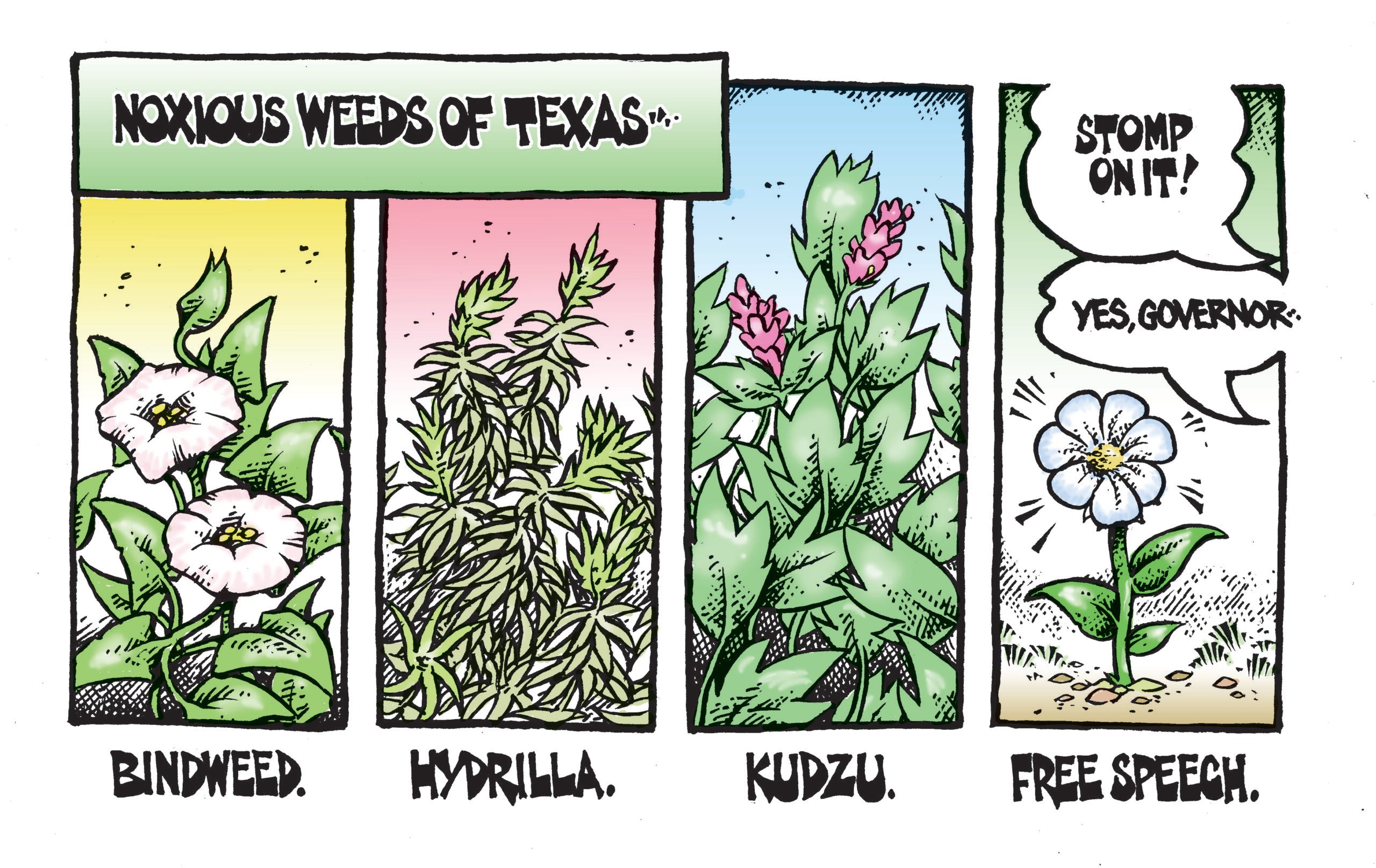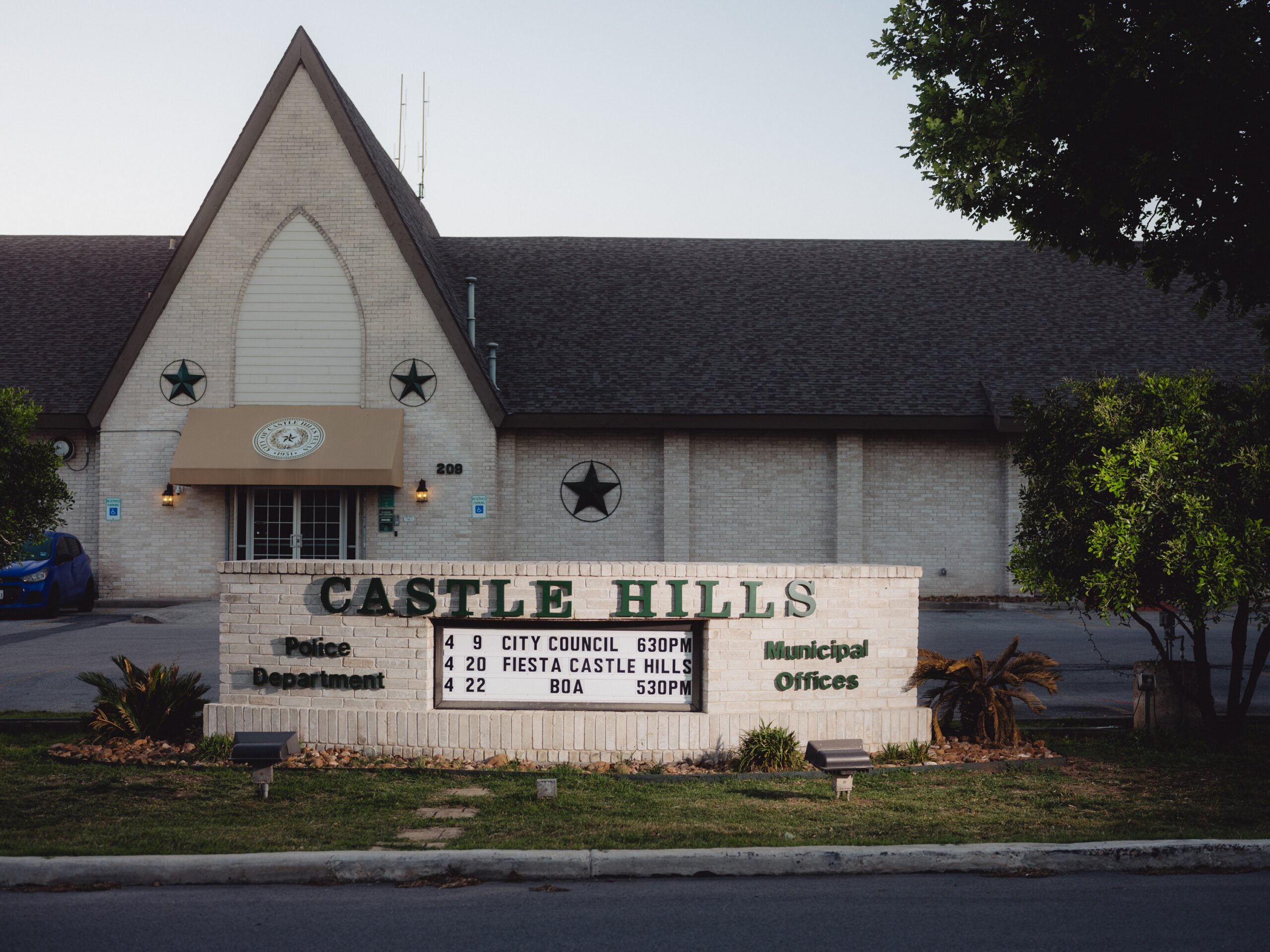ustxtxb_obs_1960_12_09_50_00006-00000_000.pdf
Page 6
“BOW” WILLIAMS When Your Home Policy Expires, Check With Us About Special Savings On Our Homeowners’ Policy GReenwood 2-0545 624 NORTH LAMAR, AUSTIN Let’s Abolish the Poll Tax! PUT THE OBSERVER IN A TEXAS LIBRARY! December 15th is the deadline for the receipt of new subscriptions marked, “library matching fund.” As our readers know, a generous Dallas foundation has offered the Observer a grant of $2,500 for the purchase of 500 subscriptions. The Observer would be placed in every college and municipal, public-supported library in the state for one year. The contingency is the receipt of matching subscriptions for the library subscriptions. NoW the Observer can state that, given the successful conclusion of the library matching campaign by December 15th, this same Dallas foundation will contemplate an equally important additional grant. The continuation of the Observera contingency which will be decided on the basis of the overall success of our survival campaign up to that datehas been made much more likely by the enthusiastic personal support of friends of the Observer who have sent in new subscriptions, usually one at a time, sometimes in bunches, or have joined our roster of patrons and angels. City, State Name Address LIFE IS BECOMING increasing ly beer-ish for the Stewart’ Rickard concern, whose owners now speak of the possibility of closing, and increasingly martiniish for McNay, whose directors justifiably foresee the near day when that museum will be one of the major art centers of the nation \(if indeed it cannot already be so considered, for certainly it is more impressive than the Phillips Gallery in WashingIf the Stewart-Rickard Gallery folds, it will be the end of a noble experiment an experiment begun in September, 1959, by Mrs. Maxine Rickard Collins, a Modigliani brunette who graduated as an art major from the University of Maryland, and Mrs. Alice Stewart Hundere, a Matisse blonde who majored in art at the University of Oregon and worked as a reporter on the San Francisco Examiner before teaching art on the West Coast and in San Antonio. Each woman chipped in $2,000, Mrs. Collins using a bequest from her father and Mrs. Hundere the savings from her teaching career. The business, never financially erect, was propped by subsequent borrowings. Only one month in the year and a half have the women broken even. They need to sell $2000 of art a month to do so. Looking back at it, the women now see that their opening was a forecast of things to came. It was gala. Champagne flowed. The two-room gallery, just behind the Alamo, was packed by champagne lovers if not art lovers. Good wishes filled the air. But not a painting was sold_ “In fact,” said Mrs. Collins Colling with an effort at gaiety, “we didn’t sell anything for a month, and then the sale was only a $35 lithograph.” The buyer, she said pointedly, was from Dallas. Their biggest sale to date was to a visiting New Yorker. “One of the things that made San Antonio seem’ a good bet,” said Mrs. Hundere, “is that there are a number of fine collections here, and where there are collections there are collectors and where there are collectors, well, usually an art gallry can stay alive. “But then we found to our dismay that most of the big San Antonio collectors do their buying almost exclusively in New York and in Europe. Thy have their favorite dealers and they trust them implicitly. It’s awfully hard to change their habits to include purchases at home.” THE TEXAS OBSERVER Page 6 Dec. 9, 1960 Insurance In Force 9e INSURANCE COMPANY P. 0. Box 8098 Houston, Texas HAROLD E. RILEY Vice-President and Director of Agencies Over $133 Million 4;tek,e4tde4 Ancient Texas SAN ANTONIO The dramatic see-saw of prosperity in San Antonio art commercialism going down, es dilettantism goes upwas represented this week at two libatious ceremonies which were not meant to be symbolic but which fell out that way. A beer party was thrown at the Stewart-Rickard Gallery \(which claims to be San Antonio’s only opening of a new show, the paintings of Karl Kanol and the pottery of John Swiss Porter, and a cocktail party was held by The FrieLls of McNay to preview the Marsden. Hartley exhibition and to celebrate the opening of the second rental gallery at the McNay Art Institute. Mrs. Hundere believes another basis for commercial art’s difficulties in San Antonio is the city’s “provincialism” a provincialism that, she says, is not found in Dallas and Houston, both of which support three or four art galleries and support them well. The Sonia Gechtoff show, which wowed San Francisco, fell flat in San Antonio. The Stewart Rickard Gallery can be charged neither with exhorbitant rates nor lack of “name” art. The Nye Gallery in Dallas, for example, takes 25 per cent of the sale price though making the artist pay for the shipping, crating, insurance, opening-night liquor, printing of the announcements and stamps. The Stewart Rickard Gallery, on the other hand, takes only 30 per cent and pays for all the auxiliary worries, though the liquor bill runs around $50 and the printing for about 600 announcements per show runs between $13 and $60 depending on the quality of the paper just to mention two of the expenses. These ‘outlays are a gamble. For the Nell Baine show the shipping costs alone were $160 and the gallery did not sell a single picture. “Not one of the big collectors came to the show,” said Mrs. Collins. “Not one museum director. Not one art critic. And of course if they don’t even come, it is pretty difficult to sell or impress them.” As for the artists the gallery handles, they include Glen Kraus, Willi Hartung, Keith McIntyre, Jack Tinkle, John Swiss Porter, Robert White, Richard Hunt and Miss Gechtoff, most of whom have more than a regional reputation. Unfortunately for the harmony of San Antonio’s art family, the Stewart-Rickard people feel they are being let down by the McNay Art Institute. “In most cities the private art museum feeds customers to the commercial galleries, but here the McNay acts as a competitor,” said Mrs. Hundere, who mentioned with special bitterness that when the McNay Institute opened its first rental gallery \(with rental fees applicable to the purtised that for the first time, San. Antonio collectors could obtain New York work from a local outlet which is completely false, for we have handled New York artists from the first. “When I upbraided Mr. Leeper \(John Palmer Leeper, director of a ‘mix-up’ in the publicity.” The valiant S-R pair are probably allowing themselves to become unjustifiably piqued by McNay’s success, for of success it has an impressive plenty its visitor influx increasing by an estimated 10,000 a year \(now toand supported by the type of aesthete 0. Henry described as “taking lessons on the piano and 15,000 barrels of oil a day out of his wells!” M ARION KOOGLER McNAY left millions of dollars worth of art to form the core of the collection, w i t h emphasis on French moderns. The gaps in her collection are being filled by the purchases of such Friends of McNay as Sylvan Lang, Jack Frost, Robert Tobin and his mother Mrs. Edgar Tobin, Frederic and . Alex Oppenheimer, all of whom lend their buys to the Institute as needed. Tom Slick and W. L. Moody III are among others who lend to the Institute, although Slick buys at random without any effort to fill “gaps” and Moody prefers to put his money in old masters. Mrs. Lois Burkhalter, assistant to Director Leerier, illustrated the successful tactics: “We don’t, for instance, have a Manet, but Mrs. Tobin has one, which she will lend us, and Mrs. Lewis Moorman , magnificent one, which we can get from her when we need it.” The McNay went into competitionalthough they would hardly bother considering it as competition with the commercial galleries on Oct. 12, when its first rental gallery, stocked with contemporary oils, lithographs and etchings, opened under the sponsorship of the recently formed Friends of McNay, a primarily blue bloodish group but one which democratically allows plebians to mingle for a fee of $25. Within two weeks the gallery had 22 pieces out on rental and 12 pieces sold. Prices averaged $400 for the paintings and $100 for the lithographs \(which cuts directly across the Stewart-Rickrental gallery will offer everything from Rembrandt to modems, being strong on graphic art and with prices starting at $50 and ranging upward to $4,000, Mrs. Burkhalter said. If McNay, operating under such conditions, can work up a peeve, it would be against the newspaper coverage it receives. “The, newspapers of San Antonio are indifferent to us,” Mrs. Burkhalter said. “They seem to think there is no interest in art period. They never come to openings. As for having a really astute art critic, as they have in Dallas and in Houston, the papers here have’ none. Gerald Ashford on the News is a sort-of critic.” But such indifference must not be too hard to take when the McNay’s word-of-mouth fame has reached the point that even foreign visitors will turn aside in their travels to see the Institute’s collection and, as Mrs. Burkhalter put it, ;’to be amazed to find such assembled quality in this part of the country.” B.S. ASPECTS OF THE GEOLOGY OF TEXAS: A Symposium. The University of Texas, Publication 6017, Sept. 1, 1960, Bureau of Economic Geology, 117 pp., illus., four geologic cross-section maps enclosed. $2. AUSTIN This, one of the many technical publications of the University of Texas, is not intelligible to a layman but has a fascination anyway, as geology itself does, conjuring in the mind, from studies of rocks, the vanished oceans, violent volcanoes, thrusts and tiltings and rippings of rock, which have given us the shapes of earth we live on. THE PAPERS of the symposium, which earlier were read at a conference on the subject of Texas geology at the University, were written by geologists with Shell, Humble, Socony, and Phillips oil companies and consulting geologists in Abilene and Amarillo. Although oriented to the possibilities of oil, and gas, the contributors thing and write as scientists. One can sense no rancor, but only wonder, for example, in Abilene geologist Frank Conselman’s discussion of “a really impressive reef mass” east of Anson, 16 miles long and seven miles wide, which, though it lies at the heart of the oil-producing reef area and has been penetrated by almost 100 tool tests, is waterlogged and has not yielded a single oil well. Magnetic studies of some Texas rocks are reviewed. Humble geologists studied some volcanic rocks in the Big Bend area, mainly to test other data by correlation. Studies are reported on the flows of oceanlife which resulted in the shape and distribution of the Edwards limestone which is 16 feet thick near Gatesville, 124 feet thick in northern Bell County, 68 feet thick near Belton. Other papers give an ‘account of the geology of the Texas Panhandle and geologic histories of Central and West Texas regions for specified periods of geologic time. Oil and gas drilling, of course, provided much of the data. The writers evidently maintain close communication with their fellow geologists; often they cite others’ findings, as transmitted in conversation or correspondence. Some of the deepest borings ever sunk into the earth have revealed much about the history of the earth in the. Fort StocktonDel Rio region. Writing on that region’s paleozoic history, Addison Young, Phillips Petroleum Co. geologist in Midland, says in this collection: “In spite of great depths afew wells within the Val Verde geosyncline have actually reached the Precambrian basement. In the Puckett field of southern Pecos County, this basement is a quite ordinary granite, and P. T. Flawn that this granite has been determined to have an age of 900 million years.” HUMAN BEINGS, too, have Hy ed in Texas for a long time. In Texas, The Lone Star State ian Rupert Richardson wrote: “During the last quarter of a century discoveries have been made that indicate that man in Texas is of great antiquity. Near Abilene, farther west in the Midland country on the High Plains, and at other sites, very ancient mineralized human skeletons have been unearthed. Fluorine analysis of human bone found six miles from Midland showed it to be contemporaneous with the Pleistocene horsewhich became extinct in America long before the historic period. The heads of these early Texans were longer than those of any race of modern men; their teeth were massive, with certain peculiar distinctions; and their femur bones were decidedly flat and curved. Indeed, these ancient men, who probably lived wholly by the chase and brought down their game with the dart and spear, were far more unlike modern Indians than modern Indians are unlike white men. “The rock caves of the mountains west of the Pecos contain remains of ancient peoples that belong to several different culture stages. One of these early civilizations, known as the Basket-Maker, probably reached its height a thousand years before the Christian era. The Basket Makers raised corn and squash on small plots of arable land along the streams near their cave abodes. Many specimens of their bags, baskets, and sandals intricately woven of yucca and other fibrous materials have been found. Prayer sticks indicate that they practiced certain religious ceremonies, and we know from their many delicately designed personal ornaments that they


